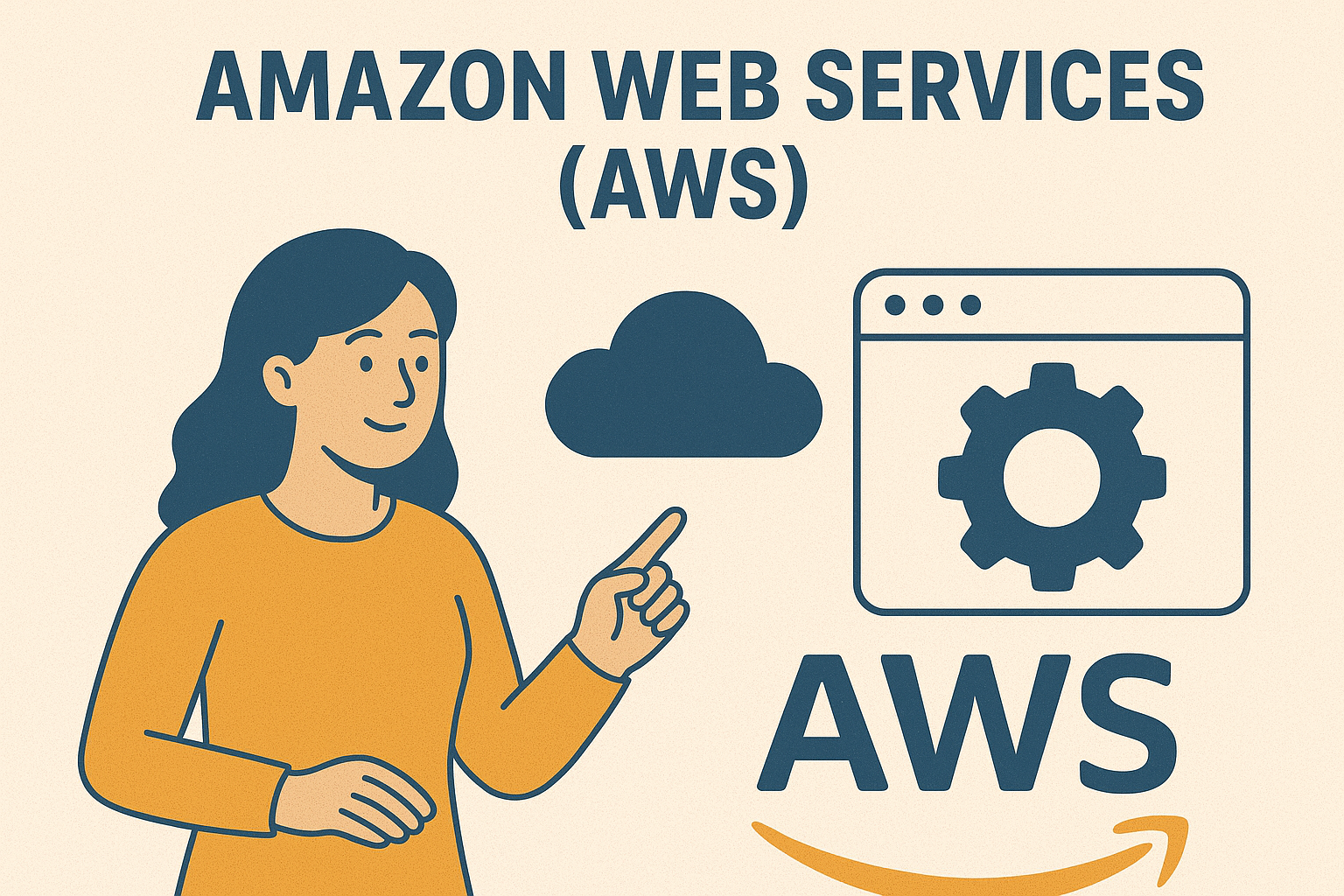Address
304 North Cardinal St.
Dorchester Center, MA 02124
Work Hours
Monday to Friday: 7AM - 7PM
Weekend: 10AM - 5PM

As a U.S.-based Amazon seller or eCommerce brand, scaling your business, automating tasks, and maintaining control over your operations are non-negotiable. Enter Amazon Web Services (AWS)—a cloud platform designed to solve these exact challenges, with tools tailored to streamline everything from inventory management to customer service. In this guide, we’ll break down how AWS’s key features—including Amazon Bedrock AgentCore, agent deployment tools, and global infrastructure—help you work smarter, not harder, in the competitive eCommerce landscape.
Before diving into specific tools, let’s clarify why AWS is a game-changer for your industry. Unlike generic cloud services, AWS is built with Amazon’s own eCommerce expertise in mind—meaning it understands the unique pressures you face: sudden traffic spikes during Prime Day, the need for real-time inventory tracking, and strict data compliance (like CCPA for U.S. customers).
With AWS, you get:
For U.S. Amazon sellers, Amazon Bedrock AgentCore is a standout feature—it’s a fully managed service that lets you build, test, and deploy AI agents without needing deep machine learning expertise. Here’s how it solves your daily challenges:
Amazon Bedrock AgentCore is part of AWS’s Bedrock suite, a platform for building generative AI applications. AgentCore specifically simplifies creating “agents”—AI tools that can interact with your data, follow workflows, and even integrate with other AWS services (like Amazon S3 for storage or Amazon DynamoDB for databases).
For example, you could build an agent that:
Time is your most valuable resource—and AgentCore cuts down on manual work. Instead of spending hours compiling reports or answering repetitive queries, your agent handles these tasks 24/7. Plus, since it’s built on AWS, it integrates seamlessly with the tools you already use (like Amazon Ads or Seller Central), eliminating the need for clunky third-party integrations.
Building an agent with Amazon Bedrock AgentCore is only half the battle—you need to deploy it quickly to start seeing results. AWS makes deployment straightforward, even for sellers without technical backgrounds.
Unlike other platforms where you have to manage servers or fix downtime, AWS handles the infrastructure for you. If your agent suddenly gets 10x more queries during a sale, AWS automatically adds resources to keep it running—no manual intervention needed. This means you can focus on growing your business, not troubleshooting tech issues.
To build reliable agents, you need a stable, fast infrastructure—and AWS’s global network of regions delivers just that. For U.S. sellers, this is especially critical: your agents need to access data quickly (to answer customer questions in real time) and stay online 24/7.
AWS operates 9 global regions within the United States, strategically located to ensure low latency (fast data transfer) for U.S.-based customers. These regions include:
When you build an agent on AWS, you can choose to host it in a region closest to your target audience (e.g., Oregon for West Coast customers) to ensure fast response times. For example, a customer in New York asking about their order will get a reply from an agent hosted in Ohio in milliseconds—no delays that could lead to frustrated buyers.
Slow or unreliable agents hurt your customer experience. If an agent takes 10 seconds to answer a question, the customer might abandon your store. AWS’s U.S. regions ensure your agents run fast and stay online—even during power outages or internet disruptions—thanks to AWS’s redundant servers (multiple copies of your data stored in different locations).
As an Amazon seller, you can’t afford to lose control of your data or tools. AWS offers enterprise-grade control features that let you manage who accesses your agents, track changes, and ensure compliance with U.S. laws (like CCPA and HIPAA, if applicable).
These features aren’t just for big corporations—they’re essential for small and mid-sized eCommerce brands too. For example, if you hire a freelance developer to help build an agent, IAM lets you give them access only to the tools they need, not your entire AWS account.
If you’re a U.S.-based Amazon seller or eCommerce brand tired of manual tasks, slow tools, and limited scalability, AWS is the solution you’ve been looking for. From Amazon Bedrock AgentCore’s AI automation to AWS’s fast U.S. regions and enterprise security, every feature is designed to help you save time, reduce risk, and grow your sales.
But you don’t have to navigate AWS alone. Our team of AWS-certified experts specializes in helping Amazon sellers build and deploy custom agents, set up secure infrastructure, and optimize their AWS accounts for eCommerce. Whether you want to automate customer service, streamline inventory management, or generate real-time sales reports, we’ll create a tailored AWS plan that fits your business goals and budget.